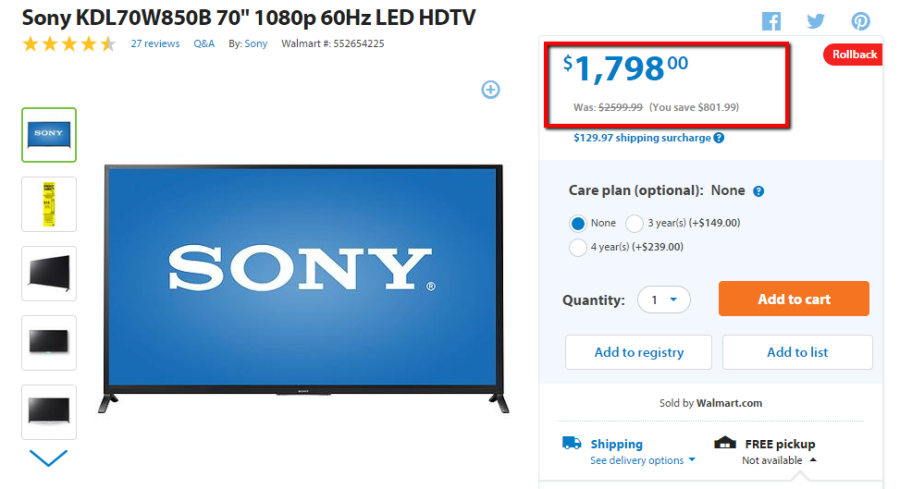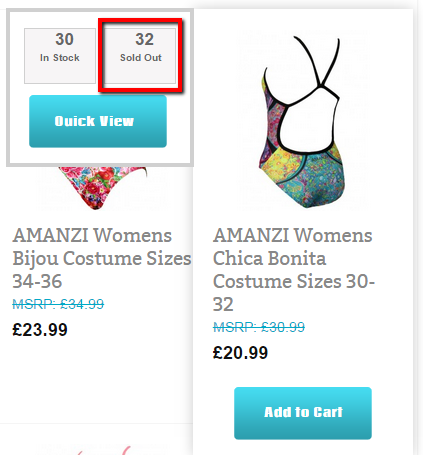You’re driving on a winter highway and hit a patch of ice. You can feel your car beginning to slide and your initial reaction is to hit the brakes. Logically, you know that’s the worst thing to do – braking while sliding will send you into a skid. However, all of your life’s experience driving has conditioned you to use your brakes when you want to stop.
In that split second, your experience takes over to drive your behavior, leaving your logical thought processes in the dust.
Not all decisions are this dramatic, but most are equally influenced by heuristics. These are the experience-based techniques we use for problem-solving hundreds of times a day, often without even realizing it. Heuristics allow us to function in everyday life – can you imagine having to stop and think through every single decision, weighing the pros and cons, the risks and benefits, for everything from crossing the street to touching a hot stove?
Heuristics – these decision-making shortcuts – are incredibly important in e-commerce. Sometimes, experience drives people to make decisions that aren’t rational or logical; humans develop biases that guide them to do things that seem counterintuitive. These behavioral biases affect our belief formation, business decision making, and behavior in general.
That’s not what you want to hear, is it? We want customer behavior to be predictable, so we can adjust for their preferences and convert! Don’t worry, irrationality and the way biases affect purchasing decisions can be predicted, enabling you to more effectively target audience segments and individual users.
So how can you help your irrational shoppers make the right purchasing decisions?
Let’s have a look at five common biases and how you can help buyers overcome them:
Anchoring
Anchoring is the tendency to rely heavily on the first piece of information offered, to the extent that it influences the customer’s perception of all information offered thereafter. Once that anchor is set, it becomes the benchmark by which other information is judged and evaluated.
This is an incredibly useful bias to understand in e-commerce and it’s a tactic brands like Walmart use all the time. You’ve probably seen their “Rollback Pricing” commercials and ads – this is an anchoring technique.
When a higher price is presented first, it becomes the anchor and all lower prices seem more reasonable.

$1798 seems like a steal when you can see the original price at $2599.99, doesn’t it? Use this pricing tactic to tap into the anchoring bias and influence how customers perceive the value of your product.
Confirmation Bias
People want to be right and will go in search of validation. Confirmation bias is the tendency to seek out information that confirms one’s already held beliefs. It’s also one of the most widely held and strongest biases.
What does this mean for online retailers?
Take e-commerce store The Bulk Herb Store, for example. Clearly, it’s beneficial for them to convince customers of the health benefits of using certain herbs in oils, teas, etc. Depending on how a customer landed on the site, you can assume different things about their level of interest in the health benefits of herbs – and how deeply they believe in their healing potential for various ailments.
Customers rarely make a purchase the first time they’re introduced to a product. They’re going to go in search of information to confirm their opinion about it and this means they’ll be looking for more information about your store and products. What will they find?
Smart e-tailers like Bulk Herb Store create content to help confirm the benefits of their products.

Customers can find a ton of information to help confirm their decision to purchase without leaving the site by visiting the integrated blog. Or, they can find the brand on Facebook, Twitter, Pinterest and other social networks. Searching Google will lead them to more positive, reinforcing brand content, as their product and blog pages are optimized and ranking.
Feed your customers’ confirmation bias with a variety of information about your products and company. They’re going to look for that content and it’s best if it’s coming from you, as each piece is then an opportunity to move them to the next step in their purchasing decision.
Loss Aversion
The fear of missing out is a huge motivator in online shopping. As author/entrepreneur Rolf Dobelli says, “We fear loss more than we value gain.” It’s true – we’ll do just about anything to avoid losing out on a deal.
Limited time offers, items about to sell out of stock and flash sales are all great tools for tapping into this powerful psychological motivator.
Create a sense of urgency with a discount that can only be applied if the customer commits to buying immediately:

Check out how ProSwimwear creates a fear of missing out by using the language “Sold Out” to show how many items have been purchased. Customers can see the number of in-stock items remaining as they shop, creating a sense of competition and urgency:

The Paradox of Choice
The Paradox of Choice has been a hotly contested topic since psychology professor Barry Schwartz tackled the topic in his book of the same title. Basically, the paradox of choice means that people are better off when they have more choices – more colors of pants to choose from, more flavors of candy in the store, etc.
Critics argue that you don’t want to give people too many choices, for fear you’ll confuse them and ultimately drive them away.
What’s an online retailer to do?
Test, of course. And test again.
Segmenting customers into behavior-based groups and targeting each with personalized content allows you to see which messaging and offers perform best in each group. Is it helpful if you offer the option of signing up for a newsletter (a smaller ask) in addition to your in-store option of making a purchase?
You might also find that adding a click-to-call option for customer support could increase the volume of emails you get. Why is that? This is another example of Paradox of Choice – given one option (email only), customers may take no action at all. Given a second choice, customers may take action – but not necessarily using the second option.
The Framing Effect
The framing effect is a bias in which people will react to a particular choice in different ways, depending on whether it’s portrayed to them as a loss or a gain. It plays into the loss aversion bias, as people never want to feel that they’re losing out on something.
Back in 1981, researchers showed that people will make different choices between two outcomes that are exactly the same, depending on how the options are framed. This finding still has great relevance today in e-commerce; we use the framing effect in the language we use with site visitors all the time.
Consider this:
Versus this:
Which one is more compelling? Both ask the visitor to sign up for a newsletter, but the second frames it as an offer of value for the visitor.
Of course, you don’t have to take my word for it – you can A/B test the language in your offers and email subscription buttons to find the most compelling version for your specific audience segments.
Conclusion
Consumers are still predictable in their unpredictability. Understanding the psychological motivations behind decisions that may seem irrational enables you to get in front of consumer objections with a solution.
Learn more about adapting your site’s content to fit the needs of specific segments of your audience, with personalized content, messaging and offers – Download a free e-book: Beginner’s Guide to E-Commerce Personalization.



